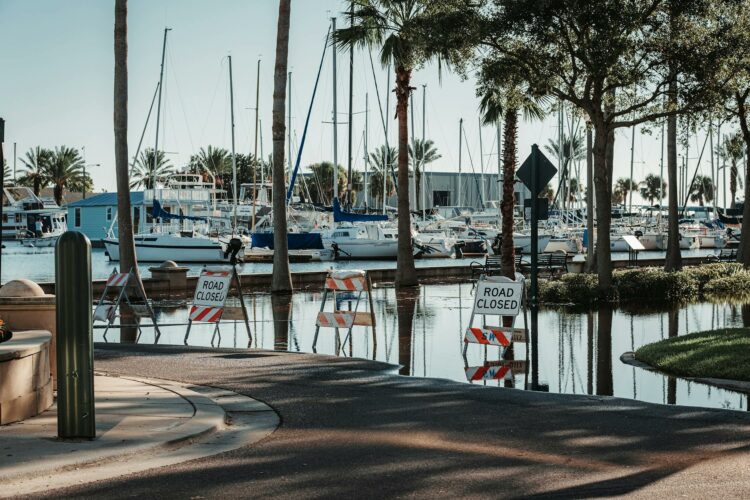
Photo: Connor McManus/Pexels
July 3. By Dave Yochum. The “Sunny Day Flooding Project,” a research initiative focused on improving flood monitoring, broadening understanding of coastal flooding, and identifying the most effective flood mitigation strategies, reveals that some North Carolina coastal communities are flooding more than previously thought.
Indeed, you might want to think twice about that beach house.
“Due to sea-level rise, we’re now seeing flooding in coastal areas outside of extreme storms like hurricanes,” says Katherine Anarde, co-author of the paper and an assistant professor of coastal engineering at NC State.
She said there can be flooding during everyday rain showers or at high tide on sunny days.
“It’s important that the methodology we use to monitor and predict flooding reflects this reality, since sea-level rise means these flooding events are going to become even more common,” she said.
Background
Current understanding of coastal flooding is mostly based on tide gauges, which do not measure water levels on land.
Roads and buildings erected decades ago will have more difficulty coping with higher tides and persistent flooding.
The paper, “Land-based Sensors Reveal High Frequency of Coastal Flooding,” was published in the open-access journal Nature Communications Earth & Environment. The paper was co-authored by Ryan McCune and Thomas Thelen, Ph.D. students at NC State; Elizabeth Farquhar, a research associate at NC State; Perri Woodard, an undergraduate student at NC State; Tessa Fridell, a former undergraduate student at UNC; and Anthony Whipple, a research technician at UNC.
The team installed sensors inside stormwater drains and cameras above them in three North Carolina communities — Beaufort, Carolina Beach and Sea Level.
Findings
During the study period, the sensors detected flooding on 26 days in Beaufort, 65 days in Carolina Beach and 128 days in Sea Level.
Many of those floods happened on sunny days, and very few were associated with large storm events.
Anarde and team are now working with partner communities to identify and evaluate response strategies that can mitigate the impacts of chronic flooding.
With more accurate data, coastal communities can assess what response strategy is best for them, now and in the future, said Miyuki Hino, co-author and assistant professor of city and regional planning at UNC.
Quotable
“Every community is unique, so there’s no one-size-fits-all solution,” said Hino.



